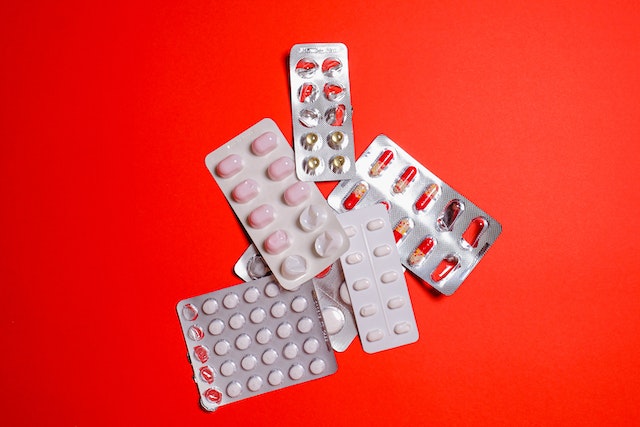Uncoated tablets: A single layer (or) more than one layer of formulation that consists of active ingredients and recipients compressed together without any additional coat. Also, no other treatment is given to such tablets after compression.
Types of uncoated tablets
- Chewable tablets: These tablets are chewed in the mouth and broken into smaller pieces. Here the rate of absorption of the drug is increased and disintegration time is reduced. Eg: Aluminium hydroxide tablets
- Buccal tablets: These tablets are placed in between the gums and lips (or) cheeks. Where they are dissolved slowly and absorbed directly without passing into G.I.T. Eg: Ethisterone tablets.
- Sublingual tablets: These tablets are placed under the tongue where they dissolve (or) disintegrate quickly and are absorbed directly without passing into G.I.T. Eg: Glyceryl trinitrate tablets
- Lozenge tablets: These tablets are prepared by compression at high pressure (or) by the molding process. They expert local effects in the mouth (or) throat.
- Dental cones: These tablets are minor compressed tablets meant for placing them in empty sockets after tooth extraction. They prevent bacterial growth in the socket.
Modified tablets
These tablets deliver a drug with a delay after its administration.
These are as follows:
- Sustained release tablets: When they are administered orally releases the medicament in a “sufficient quantity as required to maintain” the effective concentration of the drug in the blood throughout the period of treatment. Short form SR.
- Extended-release tablets: When they are administered orally releases the medicament is “slowly over time” short form is ER (or) XR.
- Fast-dissolving tablets: When they are placed under the tongue, the tablets dissolve and the medication enters the bloodstream through the membrane of the mouth. They are absorbed quickly and don’t require swallowing. A short form is FD. The most common method for manufacturing of fast- dissolving tablets is the compression technique. By this process, high mechanical strength, and decreased rate of dissolution time are maintained.
- Multi-layered tablets: These tablets are two (or) layers of materials compressed in the same tablet. The color of each layer same (or) different. It color difference is called “multi-colored tablets.”
Also read: Tablet coating
